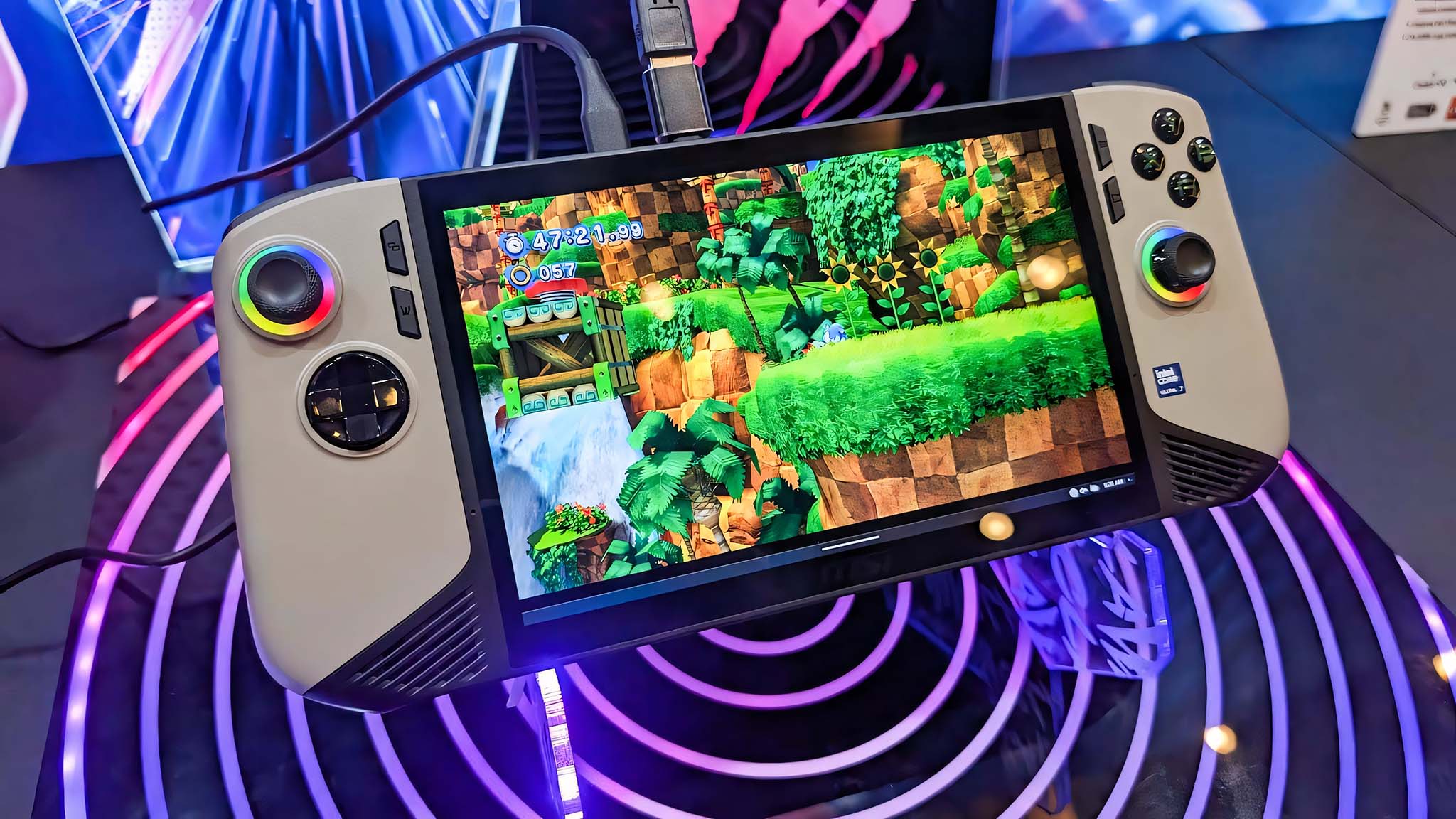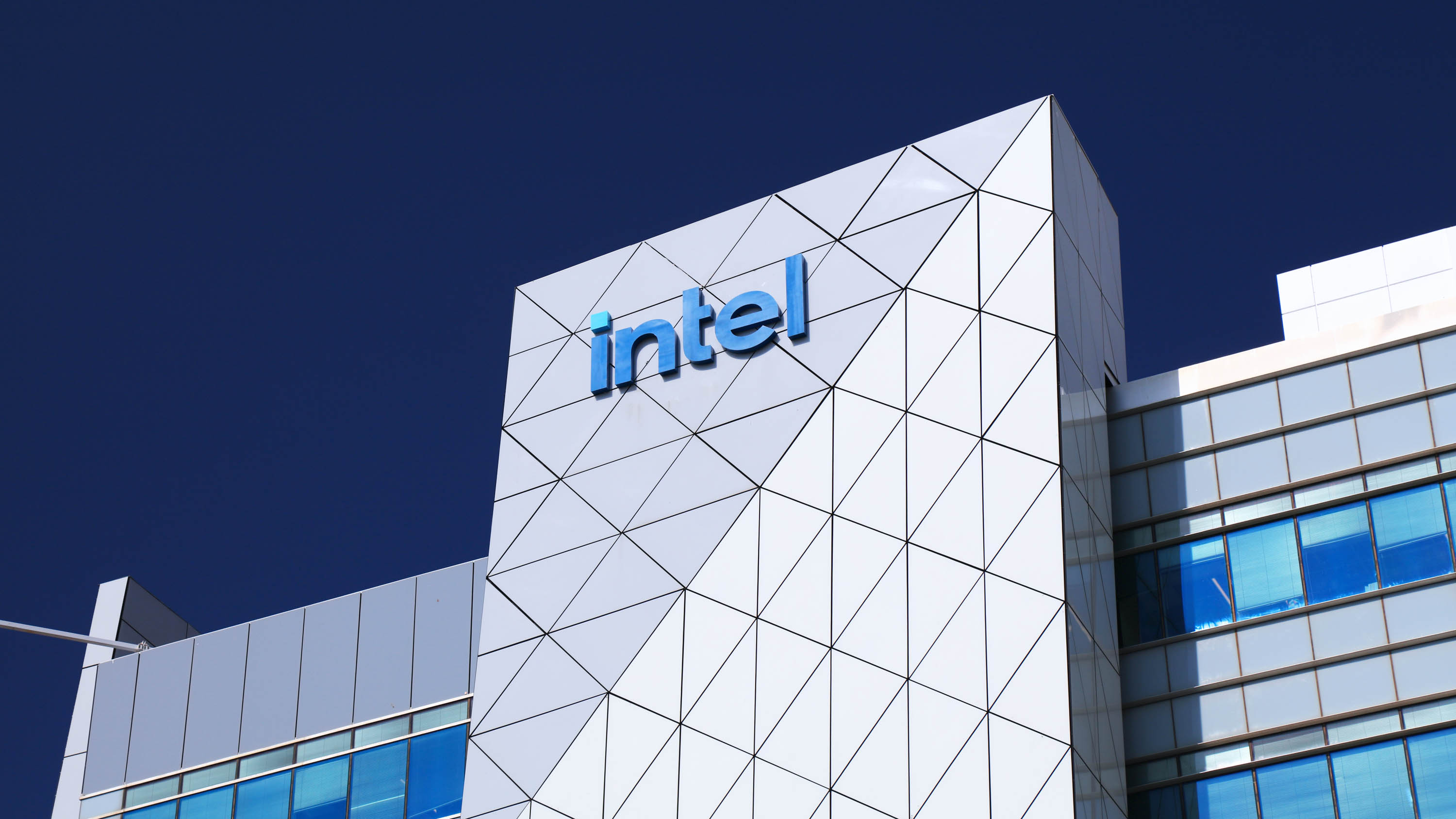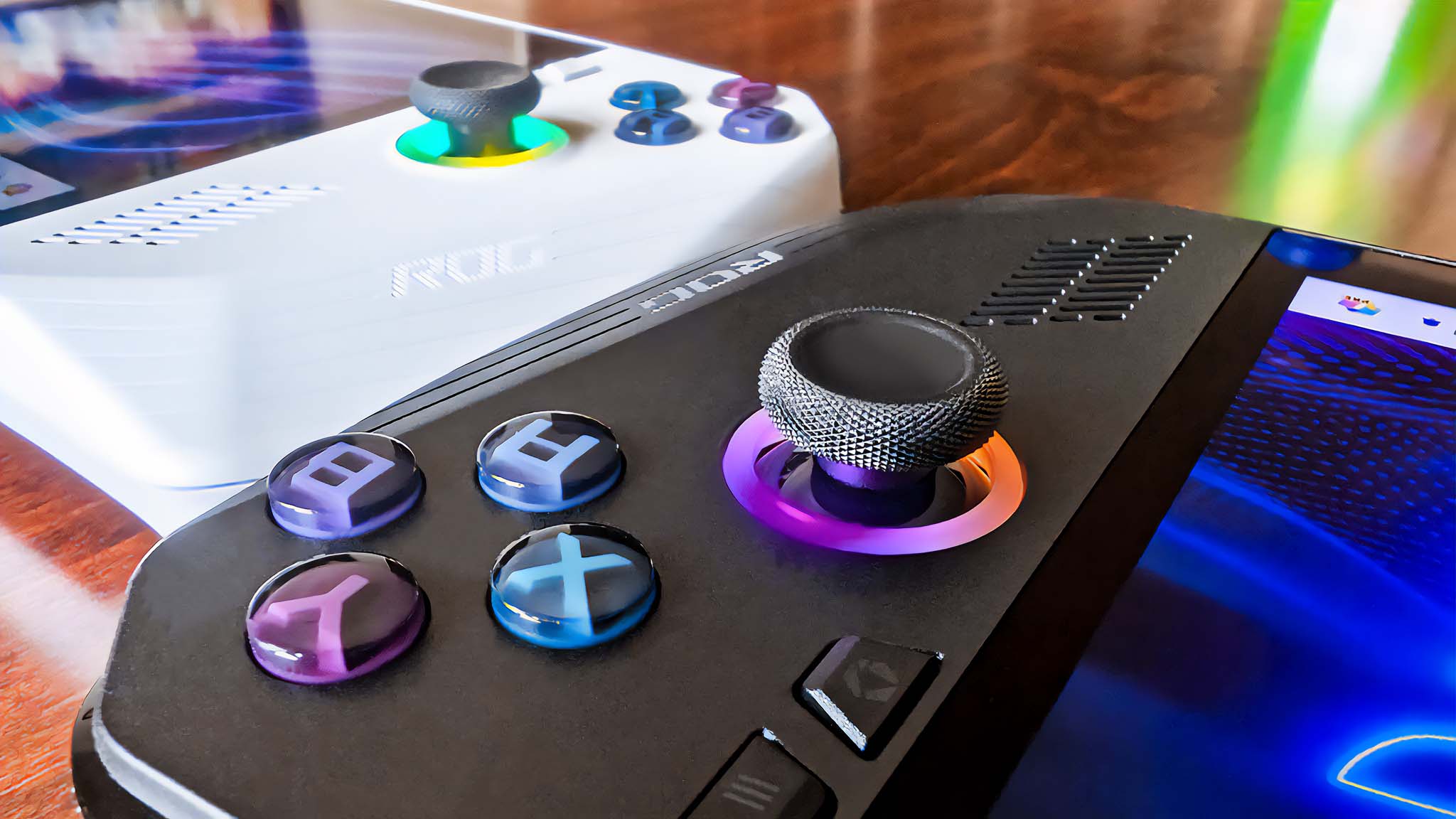
Could it be that Intel is seriously considering entering the portable gaming market? Laptop Mag obtained exclusive comments from Intel VP Robert Hallock which indicate a strong interest, as he mentioned that the company is expanding its team to help gaming manufacturers who wish to create handheld devices. This development is intriguing, and I’ve noticed Intel’s commitment to enhancing its internal Arc graphics technology. However, let’s keep our expectations hopeful but also realistic.
Since Valve launched the Linux-based Steam Deck in early 2022, handheld PC gaming is no longer a small, intriguing segment of the market. Brands like ASUS with their ROG Ally X have entered the fray, offering top-tier performance. However, some brands are finding it challenging to captivate gamers with Windows 11 versions, such as Lenovo’s Legion Go S, which is expected to improve with its upcoming SteamOS variant and a more affordable price.
Regardless of which popular gaming handheld you consider – be it the Steam Deck with its custom Zen 2 APU or devices like ASUS and Lenovo that utilize the Ryzen Z1 Extreme, there’s a consistent trend: they all use AMD processors. These choices have provided an optimal blend of graphics performance and battery life. Conversely, Intel’s mobile processor alternatives, such as the MSI Claw A1M, have not fared well, often resulting in failure.
Intel’s plans for PC gaming handhelds

Facing AMD’s well-established integrated graphics processors, like the recent Radeon 780M and its equivalents, will be a difficult task for Intel. This is particularly true when considering the high standards gamers have for performance and energy efficiency. One issue highlighted by Hallock is that Intel lacks access to advanced testing equipment compared to AMD’s more affordable and widely available competitors. Instead of solely providing partners with an in-house support team, Intel intends to ship development kits equipped with its latest prototype chips as well.
Many game developers often focus only on what’s within their immediate reach for development. To expand their horizons, we are providing them with additional portable devices to serve as prototyping tools, ultimately guiding them towards the Panther Lake development kits.
Intel hasn’t completely disappeared from the scene since its initial Meteor Lake-based handhelds failed to meet their initial hype, as MSI’s redesigned Claw 7 AI+ and 8 AI+ switched to significantly upgraded Lunar Lake chips. These devices could have been a more appealing choice for portable gaming enthusiasts. However, MSI’s second attempt has been less than smooth, with the new Claw handhelds missing their intended January launch window. This has left some potential buyers in limbo until February, as the $899.99 Claw 8 AI+ is still listed as ‘coming soon’ at Best Buy.
It’s not fair to pin availability issues on Intel when MSI isn’t forthcoming about the situation, but the Claw A1M and subsequent models are undeniably the best-known gaming handhelds utilizing Intel technology. Other manufacturers could potentially create a new handheld using existing Arrow Lake H chips, which perform similarly to an RTX 3050 Laptop GPU in graphics tests. Alternatively, they might opt to wait for Panther Lake samples. However, when it comes to what matters most to gamers, the criteria that truly matter are… (followed by the original content about the criteria that matters to gamers)
What can Intel offer to tempt gamers from AMD?

In choosing a System-on-Chip (SoC) for this small and heat-sensitive device, it’s crucial that it delivers high-quality graphics with minimal compatibility problems regarding integrated graphics and standard joypad controls. Previous handheld devices have explored various input methods, such as Lenovo’s first-gen Legion Go and its detachable controllers. However, these innovations didn’t compromise performance significantly, which is a testament to the powerful AMD Ryzen Z1 Extreme processor that runs everything internally. This chip serves as a robust benchmark for other competitors in terms of performance.
As a tech enthusiast, I’m thrilled to see some of these compact devices reaching as high as 30 watts! And let me tell you, Arrow [Lake] perfectly complements this size and power range.
In the realm of PC gaming handhelds, the TDP wattage is escalating rapidly. To keep pace with this trend, Intel’s future endeavors must deliver comparable or superior performance to AMD’s Ryzen Z2 Extreme processor, without compromising energy efficiency and battery life. This performance-efficiency balance should remain consistent regardless of the OEM partner they collaborate with. Fortunately, Intel’s internal Arc graphics and the upcoming XeSS upscaling technology have demonstrated their effectiveness, particularly in devices with small screens that can capitalize on power-saving visual techniques.
Although AMD’s FSR upscaling doesn’t match NVIDIA’s impressive DLSS 4 and Multi-Frame Gen (MFG) in performance, the latter is currently not compatible with handheld devices utilizing their own custom-made NVIDIA SoCs. If Intel invests in improving its integrated Arc graphics and manages to enhance performance per watt before AMD’s Ryzen mobile chips hit the market, they could potentially compete.
As a passionate gamer, if the budget-friendly Arc B-Series GPUs from Battlemage prove their competitive edge in the desktop gaming market, it could signal an exciting era for portable gaming devices. Here’s hoping this competition translates to more affordable prices for us gamers. Let’s keep our fingers crossed that tech giants like Razer, known for their gaming chairs, and Alienware, who excel in desktop gaming, decide to venture into the handheld gaming category they’ve been neglecting so far. (Come on, let’s make this happen!)
Read More
- PI PREDICTION. PI cryptocurrency
- How to Get to Frostcrag Spire in Oblivion Remastered
- How Michael Saylor Plans to Create a Bitcoin Empire Bigger Than Your Wildest Dreams
- We Ranked All of Gilmore Girls Couples: From Worst to Best
- Kylie & Timothée’s Red Carpet Debut: You Won’t BELIEVE What Happened After!
- S.T.A.L.K.E.R. 2 Major Patch 1.2 offer 1700 improvements
- Gaming News: Why Kingdom Come Deliverance II is Winning Hearts – A Reader’s Review
- The Elder Scrolls IV: Oblivion Remastered – How to Complete Canvas the Castle Quest
- Florence Pugh’s Bold Shoulder Look Is Turning Heads Again—Are Deltoids the New Red Carpet Accessory?
- WCT PREDICTION. WCT cryptocurrency
2025-02-17 20:39